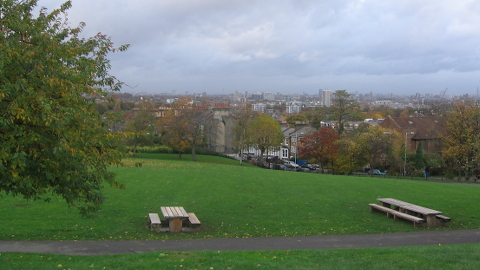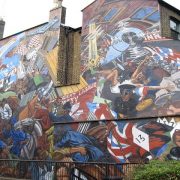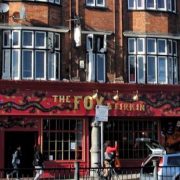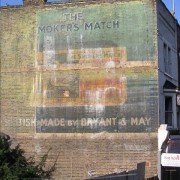Residents of Lewisham, full of quirky restaurants and cafés, and home to a buzzing arts scene, probably hoped to keep things on the down-low and preserve their pocket of London for a few more years, but it seems the rest of the city has woken up to smell the (artisan) coffee.
A report released by Nationwide this month shows that house prices in the borough have risen at an average annualised rate of 14 per cent over the last two quarters, putting it in the top ten London in terms of home value increases.
Translation? Lots of people really, really want to move there.
So, why the upsurge in popularity for what was once considered an unfashionable, out-of-the-way corner of London? It seems that young professionals who, just a few years ago, would be flat-hunting in east London have turned their sights due south.
Jerome, an account handler at a graphic design agency in his mid-thirties, bought his first flat in New Cross six months ago. “Lower prices and good nightlife attracted me,” he says, “and the Overground station.”
Katherine, a town planner for the Greater London Authority in her twenties, is hoping to purchase her first property in Lewisham, one of the last affordable areas in London.
“I’m in Hackney at the moment and I’ve found myself almost totally priced out,” she says. “The transport links [in Lewisham] are great and there are loads of green spaces. And now places like Forest Hill are stuffed with restaurants and bars.”
And it’s not just the young, free and single who see the charms of Lewisham. Families are being drawn here by the promise of parks, leafy streets and that most coveted of assets in London: a garden.
Claire, a script-editor in her early thirties, lives with her husband and two young children in Hither Green, after moving from Rotherhithe three years ago.
“There is a lovely sense of community,” she says. “We have a park and library only five minutes’ walk from our house. Lewisham also gave us more space and a garden.”
It seems you can get village-style family life just half an hour from central London. Claire describes “lovely family-friendly gastro pubs, and some cool cafés. There’s a festival in our local park and a monthly farmers’ market, and lots of artists who have regular open studios.”
So far, so fabulous, but how do Lewisham’s long term residents feel?
Clive, who’s been in New Cross since 1945, thinks this is no new thing: “The demographic of the area has always changed, there’s always been a mixture,” he says.
In Clive’s opinion, Lewisham’s new-found popularity is positive: “I like seeing young people moving in. Things change, and then change again.”
It could be said, however, that the recent report points to a larger issue, dubbed by the Economist as the “great inversion”: working class families forced to the suburbs, further away from services, job opportunities and the cultural benefits of the city.
Instead of taking this pessimistic viewpoint though, perhaps it’s best to accept that places have always waxed and waned, constantly in a state of flux. We could all do well to take a leaf out of Clive’s optimistic book and acknowledge that: “Things change, and then change again.”





